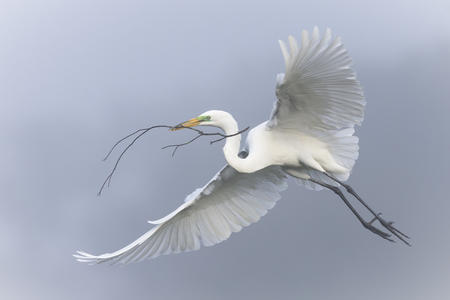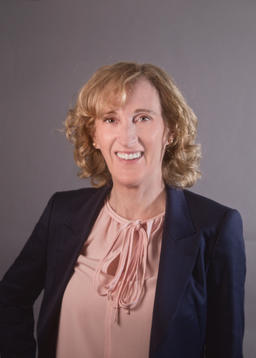U.S. Climate Action Summit Spotlight Session, “Faster. Cleaner. Stronger: Breaking barriers to turn ideas into infrastructure”
1. Why is Audubon prioritizing the climate crisis?
The climate crisis is existential — for birds and all life on Earth. Since 1970, North America has lost a staggering three billion birds. Birds and their habitats are keystones of many ecosystems. Protecting birds is essential to protecting us all.
Since our inception nearly 120 years ago, our members have been at the forefront of environmental action — from fighting to prevent the “Silent Spring” in the 1960s to driving the advancement of the Clean Air and Water Acts and other critical conservation frameworks. Today, two-thirds of North American bird species are vulnerable to extinction if global temperatures continue to rise. Lowering emissions and slowing the rate of global temperature rise will save billions of birds and our own communities.
Our organization is focused on overcoming the climate crisis. We are eager to work across sectors to deliver solutions, from rapidly and safely bringing new renewable energy online to protecting critical habitats. Sponsorship of events like the U.S. Climate Action Summit provides us an opportunity to listen, learn, and, most importantly, advance partnerships that meet this challenge.

2. What is Audubon specifically doing? Can you tell us about some of the initiatives Audubon is leading?
Two critical areas for our climate work are the maintenance and restoration of natural climate solutions and supporting responsibly sited renewable energy.
Natural climate solutions refer to the inherent ability of certain ecosystems to store carbon naturally. These include forests, wetlands, grasslands, and urban green spaces. Protecting regions like the Tongass National Forest in Alaska is important because the forest consists of old-growth trees that store massive amounts of carbon in their deep roots, in addition to being important wildlife habitat.
Increasing renewable energy is essential to reducing emissions and slowing global temperature rise. Like any infrastructure, there is always a possibility that construction can disrupt wildlife. That is why Audubon’s Clean Energy Initiative works with energy producers to provide guidance on how to site projects that reduce harm to birds, wildlife, and communities. We work with industry partners like Pattern Energy to help site the Ocotillo wind project in California, the Western Spirit Wind project in Arizona, and the SunZia transmission site in New Mexico.
3. How is Audubon working in partnership with other groups and organizations to address this global challenge?
Climate change is an “everyone, everywhere” crisis.
We emphasize public-private partnerships (PPPs). For instance, we helped drive a landmark conservation collaboration between Colorado Indian Tribes (CRIT) and leading foundations and corporate sponsors, including Microsoft, Proctor & Gamble, and the Walton Family Foundation, to complete one of the largest multi-sector drought response efforts.
One partnership that we are particularly excited about is our recently announced Americas Flyways Initiative, an alliance with BirdLife International and the Development Bank of Latin America (CAF) to integrate nature-based climate solutions into economic development projects across the hemisphere. In Chile's Biobío region, restoring wetlands will contribute to flood control and ensure the health of critical habitat for migratory birds. These projects are carried out with free, prior, and informed consent and partnership with the local and Indigenous communities.
4. A lot of the news around climate tends toward a doomsday perspective. Where do you draw hope from in this work?
I draw hope from our researchers, volunteer community scientists, staff, members, and birders of every generation who inspire us with their commitment to conservation, love of nature, and dedication to solving this crisis for birds and people.
As the recent Intergovernmental Panel on Climate Change (IPCC) report on climate change has made clear, a lot of climate news — and insufficient responses by those with the power to act — can understandably be distressing. But just as birds are bellwethers of changes to our planet, birders are bellwethers of collective action.
While the challenge before us is daunting, we also have a tremendous record of progress in the passage of historic legislation, like the Inflation Reduction Act and the Infrastructure Investment and Jobs Act, committing unprecedented funds to address climate and conservation by supporting clean energy, drought resilience, and protecting landscapes like forests and grasslands.
I also draw hope from birds themselves — their diversity, resilience, adaptive ability, critical role in ecosystems, and the meaning they give to so many in our country and around the world. It was not long ago that Bald Eagles were endangered, but today they are thriving thanks to conservation efforts like the Endangered Species Act. Birds and birders have the power to change hearts and minds, and together, we are transforming our mission into meaningful action.
National Audubon Society is joining us at US Climate Action Summit this year as a Spotlight Partner. Register to watch virtually on April 19 here.
